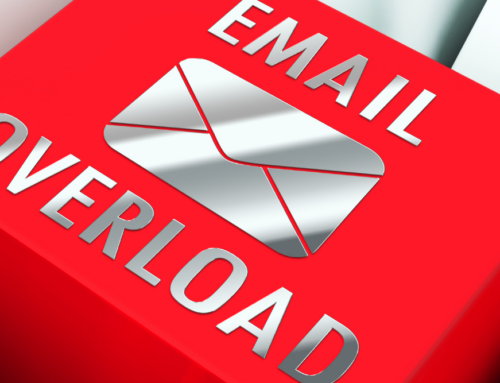
Could your annual reports fit right in with this scene? It’s time to update your approach.
If you’ve heard me on an annual reports webinar any time in the last decade, you’ve heard me say some version of this: It’s OK to go short and stop publishing the donor list. Seriously.
Now that I am actively advocating for very short annual reports, I’m hearing that the donor list is the last hurdle that is stopping otherwise rational communications and fundraising professionals from embracing short reports.
Why? “Because we’ve always done a donor list, and if we’ve been doing it forever, well, shucks, there must have been a good reason why!”
So, let’s talk about this.
You want to be donor-centered, right?
Everything I know about creating donor-centered communications focuses on the copywriting — using lots of second person (you and your), giving credit to the donor, sharing great stories. I have never heard anyone suggest that putting someone’s name in 8-point type among of list of hundreds or thousands of other names is “donor-centered.” I talk to fundraising experts all the time, and not one of them ever has said, “Don’t forget the donor list! It’s so important!” Ever.
Let’s go through some other “buts” . . .
But the donor list shows that lots of other people support us.
Not really. A list of names provides no context or perspective. Who are these people and why does it matter to me that they gave you money?
Instead, talk about that big community of support and what it has meant to your ability to change the world.
If I gave you a list of everyone who registered for our recent free webinar on short annual reports, you might take a quick glance at it (to be polite) and then chuck it aside. Who cares?
But if I tell you that 2,200 people registered, representing nonprofits of all sizes and missions from across North America and even around the world, and they were all very excited to see the examples we shared, now you have some context and perspective.
But they might see an influential name on this list, and want to be like that person, and give more.
Let’s break this one down a bit, because it’s full of problems.
For starters, people are only looking at these lists to see their own names and to make sure you didn’t mess it up.
If I already give, do you really think that seeing who gave more is going to increase my gift? Wouldn’t that be nice and easy? Let’s get real: to raise more money from me, you have to ask me for more money. You can’t assume that I am going to infer that you want me to give more because I see a list of other people giving more.
If I am not a donor, do you think I am reading your annual report in the first place? Let alone a list of names that my own name isn’t on? No.
As for the influential person factor, if you have those kinds of names on your list, you need to ask those donors to provide a testimonial or some other more direct ask that you can use, instead of hoping someone sees their name in a list and gets all inspired by it.
But that’s how we say Thank You.
Well, that’s just sad. You are doing it wrong. Go here right now.
But our donors will miss it.
No, they won’t. I’ve heard from dozens of nonprofits who ditched the list to go short and not one of them said a donor complained because the list was gone. Quite the contrary: They were thrilled to get something so quick and easy to read.
But you don’t have hard data to prove the list doesn’t matter, do you?
No, I don’t. Do you have hard data to prove it’s important? No, you don’t either. It’s just an old habit that’s dying hard.
But where’s the harm in doing it?
If you have plenty of staffing and a superb database so that you can ensure that the donor list is 100% accurate and that every name on it appears exactly as the donor wishes, and every donor has explicitly given you permission to have their name appear on your website (and if you put that PDF online, that’s what you are doing), then OK, maybe.
No, actually, not OK! Because even if you have time to waste (which I assume you don’t) your time is still better spent on a million other communications and fundraising tasks that do increase gifts and make your donors feel included and appreciated. Rewrite your thank you letters and newsletters and make them more donor-centered. Have your database person work on segmenting your list for your next email campaign. Those are far superior uses of staff time, compared to the donor list.
And the cold hard reality is that you are likely making heinous mistakes in your donor list and don’t even know it. See here, here, and here. Getting someone’s name wrong is far more damaging than the benefits you might get from getting it right.
Are all donor lists terrible?
No! I’m just talking about annual reports here. Event sponsorships and major gift naming rights, for example, are totally different situations.





